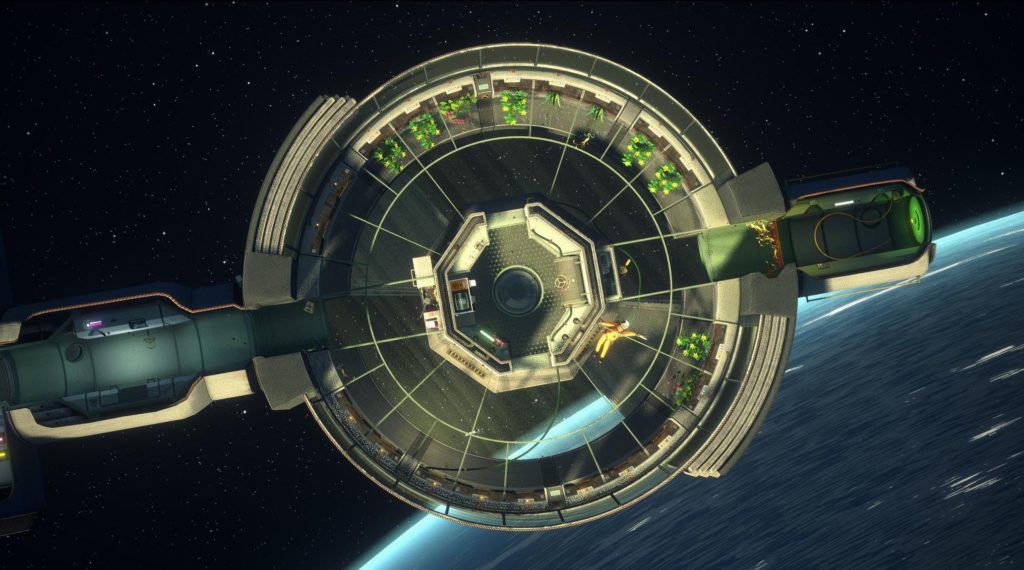
PC, Mac, PlayStation
Despite gaining a fair bit of very positive attention from players, space-based physics puzzler Heavenly Bodies has been peculiarly ignored by the mainstream gaming press. So that’s my justification for writing about it here, especially after I loved the demo so much, and there’s a good chance you might have missed it too. And it’s my site and I can do what I like so shut up.
Somewhere between QWOP and Getting Over It, but in a far more coherent, somewhat more possible set of challenges, Heavenly Bodies is about a lone astronaut on a space station, attempting to repair and deploy a series of pieces of technology, where you move the weightless little fellow by controlling each of his arms individually.
Obviously played on a controller, each arm is assigned to an analogue stick, while his grippy-grippy hands are opened and closed with either trigger. It is best described as trying to operate one of those wooden acrobat toys, but in zero-G. Which is, absolutely, often intensely frustrating. But that’s exactly the point. Because as infuriated as I so often was while playing, I just kept on playing. Because you’re always so close to achieving your goals, before accidentally flinging yourself out of an airlock and drifting off into space.
Unlike Getting Over It, importantly Heavenly Bodies is actually quite forgiving. On the standard settings, you can rather unrealistically “swim” in space, meaning if you manipulate Astro’s (that’s my name for him now) arms to move like a breaststroke, he’ll somewhat propel himself in that direction. It means missing a handhold isn’t the end of the world, as you can – with some effort – get yourself back to safety. Switch the game to Newtonian physics, and then no, there the Rules Of Space apply.

Like Ubisoft’s Grow Home, there’s something wonderfully tactile about this approach to controls. It really is hands-on, so opening a door involves one hand grabbing the door, another the wall nearby, and then pushing off one and pulling with the other. Much the same, when you’re off on a little trip to recover asteroid samples, grabbing a rock and throwing it out of your path is so much more satisfying than pressing A to pick, then pressing B to throw, or what have you. Instead, you swing the analogue stick at the same time as releasing your grip, to chuck it from your path.
Still, it’s often enormously fiddly, and that’s very much the point. Often I would get so bloody livid with Astro floating off the other way I intended, then seemingly refusing to spin the right way (because I messed up), and then somehow knocking the tool I was intending to clip to my belt out of a door and into the depths of space. Things go catastrophically wrong. Often when this happened, I’d have to hit pause, put the controller down, and just relax my ridiculously tense body for a bit.

There are some glitches in there, which do tend to come with the territory of these physics-based ragdolly games. There’s something wrong with the wrench in Mission 2, that meant I got it stuck inside my body a couple of times, and in Mission 4 I was rather gruesomely fused with an airlock door. But it’s testament to what a fulfilling game this is that I was happy to restart from a checkpoint and carry on despite it.
It is, in many ways, an exercise in frustration. But it’s a far more controlled one than QWOP or Getting Over It. Those games leave me feeling useless, unable to achieve, always thwarted. But Heavenly Bodies makes its goals possible, and a sense of progress always available. It is, ultimately, a chapter-based puzzle game, intended for you to win. That’s crucial.
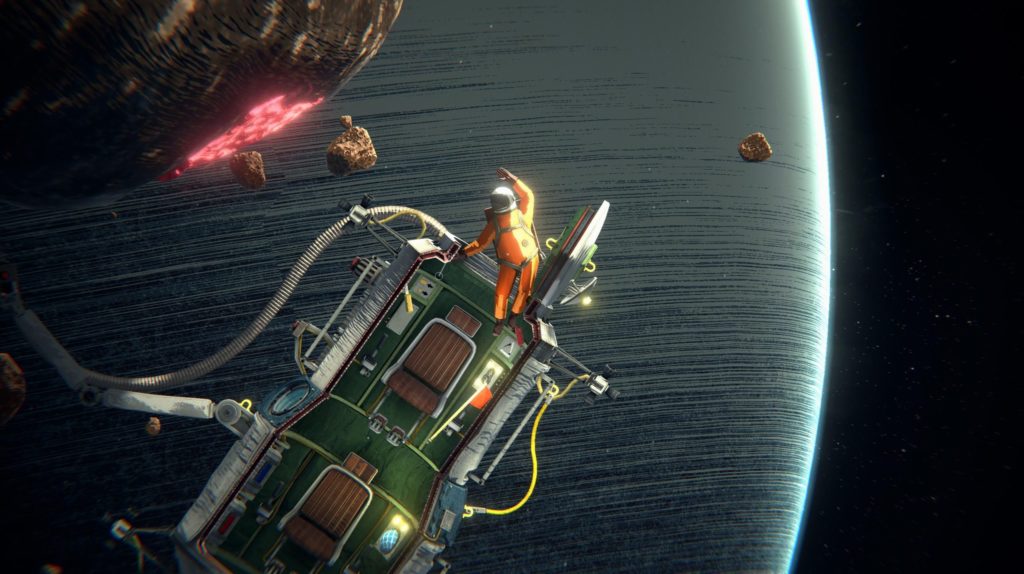
I swear, I nearly crushed my controller I was gripping so hard in the final level, determined as I was to do it the hard way and carry a pointless statue with me the entire way. My arms hurt from that ridiculous tenseness. It’s like every muscle in my body pulls in an effort to redirect that silly astronaut. And yet, on completing the game, I want to start it over again and try for the many extra goals.
Perhaps not the most buried of buried treasures, given Sony’s support with the game, but I feel like I’ve not heard anyone talking about it, and find the lack of reviews from the bigger sites quite peculiar. This is well worth a look.
- 2pt Interactive
- Steam, PlayStation
- £16/€17/$20
- Official Site
All Buried Treasure articles are funded by Patreon backers. If you want to see more reviews of great indie games, please consider backing this project.





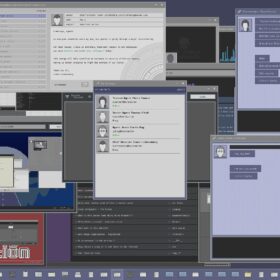







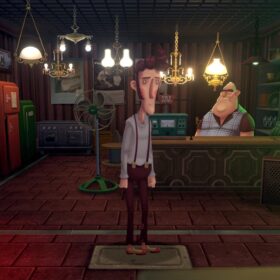
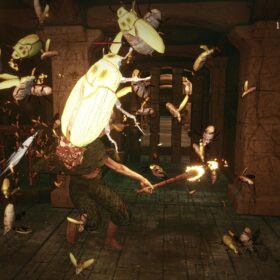

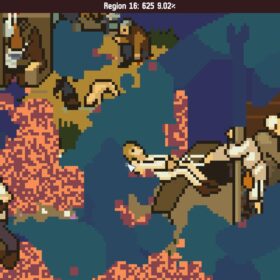
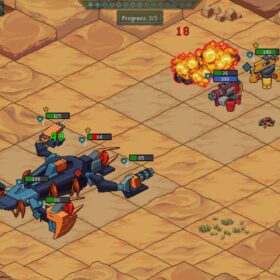

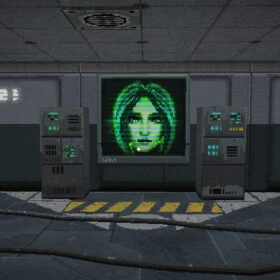

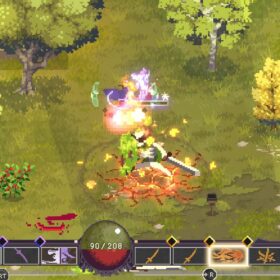
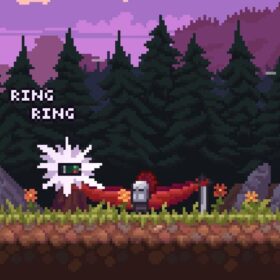






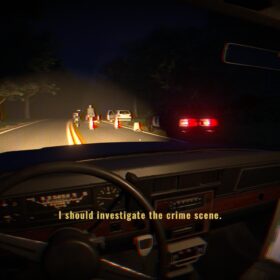
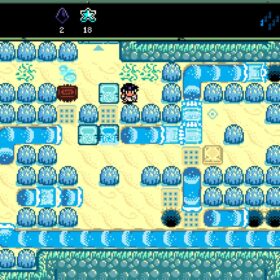
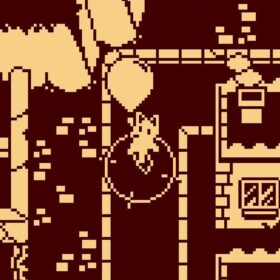
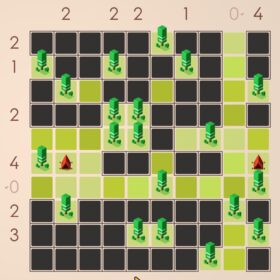







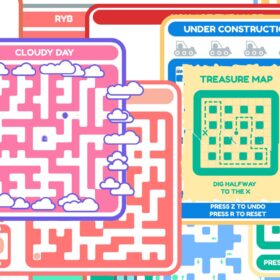

I tried Grow Home and Getting Over It but both frustrated me so much I gave up.
The only sloppy physics game like this I have completed is Snake Pass and I similarly almost broke my controller gripping it so tightly at the end.
Might give this is a try.
Hm, the other game this reminds me of, other than Grow Home is Human Fall Flat. That has more self-contained puzzles rather than an open world like Grow Home. And it also made me feel the same: intense frustration but also a real sense of achievement. Would that be a good comparison point, too?